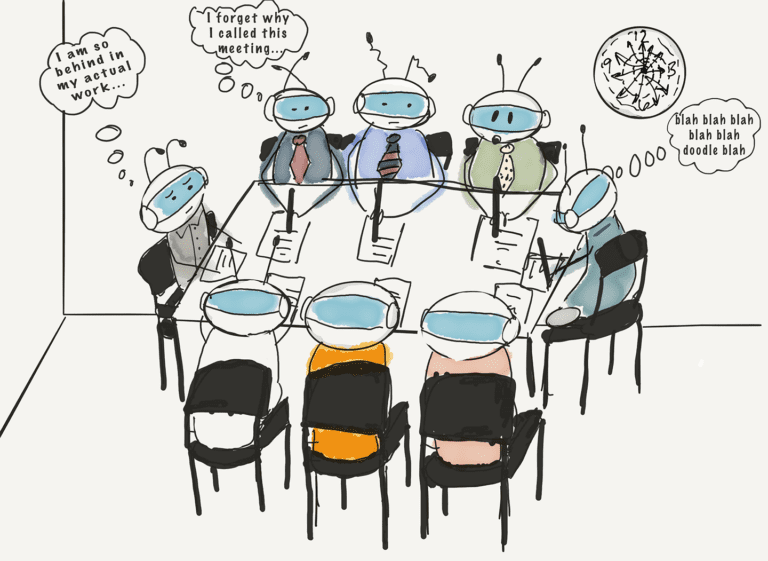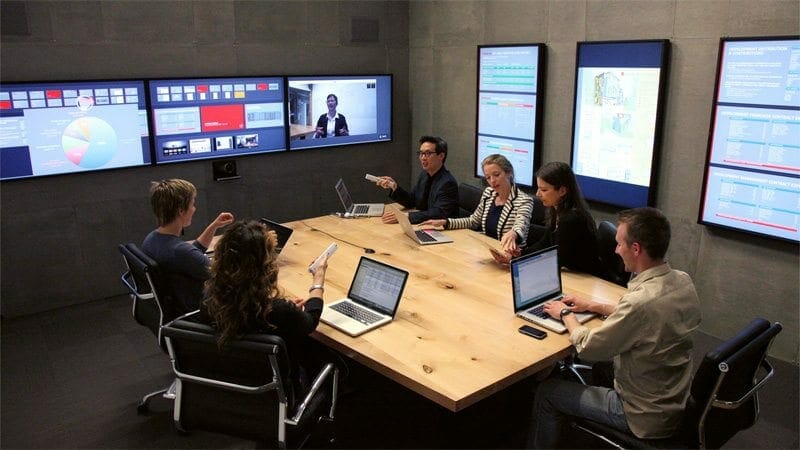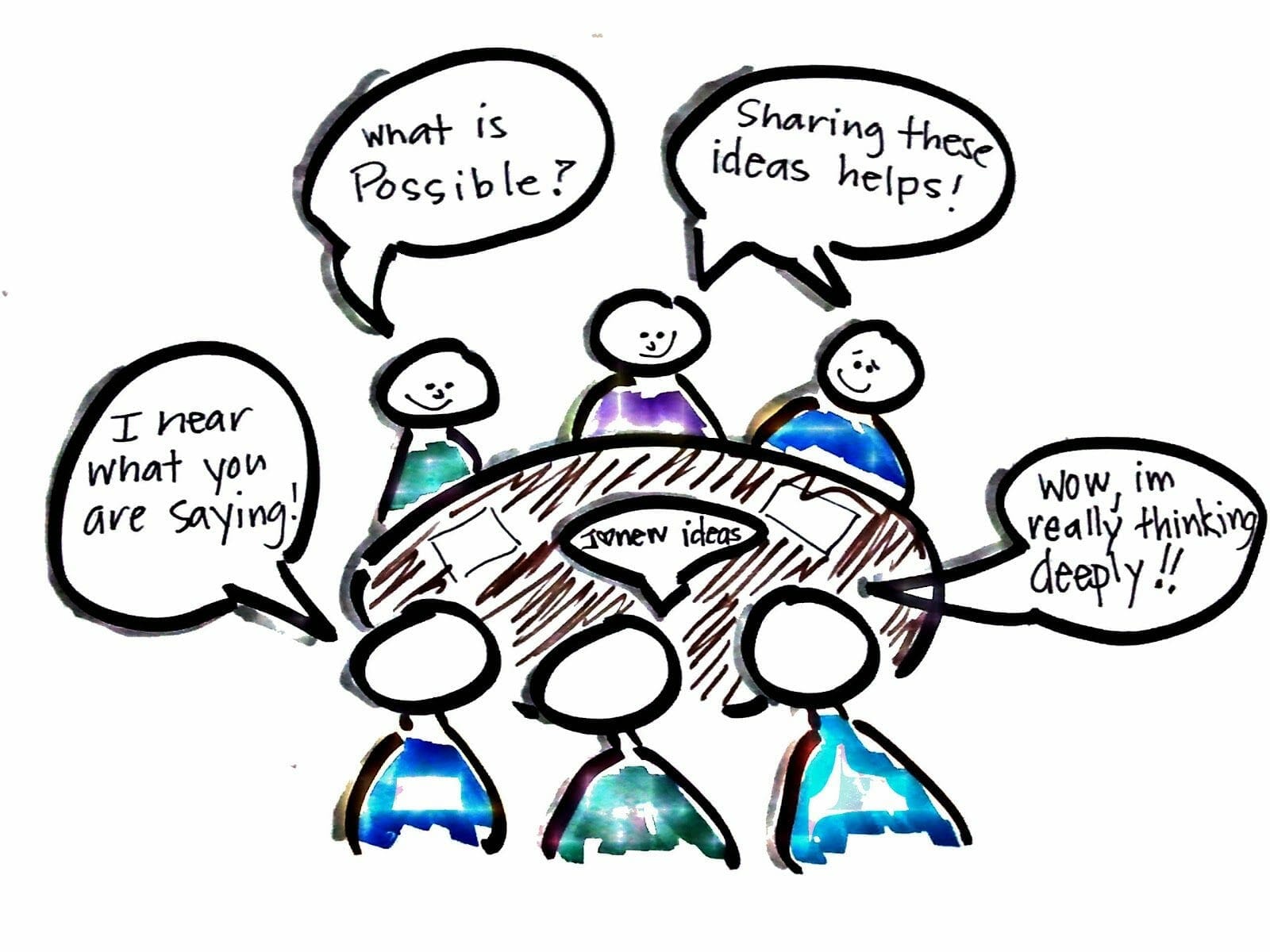One of the things that the Internet was supposed to do was to create more free time. In a so-called paperless society, workflows would be streamlined and proximity to the office or even presence would no longer matter. If you’re wondering whatever happened to that, it may be time to take a look at some new productivity tools that can help everyone – no matter where they are – get on the same page.
Meetings from Hell
One of the biggest complaints is how much time is spent in meetings. For team leads and management, meetings can suck up a considerable amount of the workday. Larger meetings, or meetings with remote workers can result in travel time and expenses, and significant interruptions to workflows and to family time. One result of workplace stress is a lack of engagement with the processes that the employee is supposed to oversee. And unlike job stress in the recession, workers are dealing with their disengagement by looking for – and finding – better jobs. Gallup polling shows that a full 51 percent of American workers are looking for a new job or watching job listings, and worldwide employee engagement has not budged by a significant percentage point in years.
One of the primary culprits, according to Sennheiser, is that the average British worker will attend in their career over 6000 meetings. One wonders if attending meetings is attended to be a career. One does hope not, as the larger number of these workers find the meetings that they are required to attend “pointless.”
Management needs to enter not only the 21st century, but to use available technology to engage workers and encourage productivity instead of flailing.
Technology Forward
Technology can even remedy the so-called pointless meetings, and cause them to become less disruptive to individual workflows and work/life balance. Even large-scale meetings are manageable when using scalable, cloud-based platforms like BlueJeans. Applications exist to either make things easier as a standalone or enhance another application with added function. When evaluating video conferencing software, you should take into account both your large group videoconferencing and your smaller meeting needs. Likewise, your preferred applications should be deployable across a range of devices from room-based video systems all the way down to the personal smart phone.
Make Meetings Count
Now let’s tackle the average of 6000 meetings in a career. In short, it’s ridiculous. One needn’t call a meeting for everything. It is time for management to prioritize not only for the sake of their own time and workflow, but for those of their subordinates. Meetings should have a concrete reason for being called, or everyone should just get on. Here are five specific reasons for calling a meeting, and five reasons not to.
- Reporting outcomes. Save this for major news and make it strictly about tangible data and statistics.
- Planning for the future. This can include brainstorming as well as more structural planning for growth or organizational changes.
- Commitment to action. Getting commitment to plan and seeing that plan carried out requires that certain people perform their assigned actions.
- Making a pitch. Pitching plans and theories to a larger audience are great when you need feedback and critique.
- To learn. New equipment and procedures require training, and videoconferencing can help to fill that need by allowing large groups to meet on everything from a smart phone to a full lecture hall.
Now five reasons not to have a meeting.
- To plan for other meetings. Email is still a valid choice when meetings are in the planning stages.
- To play the blame game. A public blaming and shaming does absolutely nothing but to vent spleen. It can be devastating to morale and lead to discontent.
- Meetings for meetings sake. It goes without saying that there are some people who would rather saw off body parts than attend a meeting run by grandstander.
- To present something that has already been presented in another meeting. Part of meeting hell is the endless recovering of previously covered ground. Everyone was already there for this, there’s no need to resurrect it.
- Because the CEO wants one. This is the hardest one to push back, simply because everyone is afraid of C-level executives. It is tremendously difficult to explain how much these meetings disrupt their underlings workflow, but it has to be done.
Management Must Change
Management often seems to work in a different world from their subordinates. Looking upon all motion as progress, along with meetings and generating tranches of paperwork as evidence of productivity. One can compare the actions of swimming and drowning as being similar on the basis of motion in the water, however the outcomes are radically different. Productivity comes from people who are engaged with the processes of their work, and who have time to focus on making actual progress towards company goals. Whether they do this in or out of the office should not matter when using the proper applications. In fact, allowing flexibility to work at home may even increase productivity and job satisfaction.




